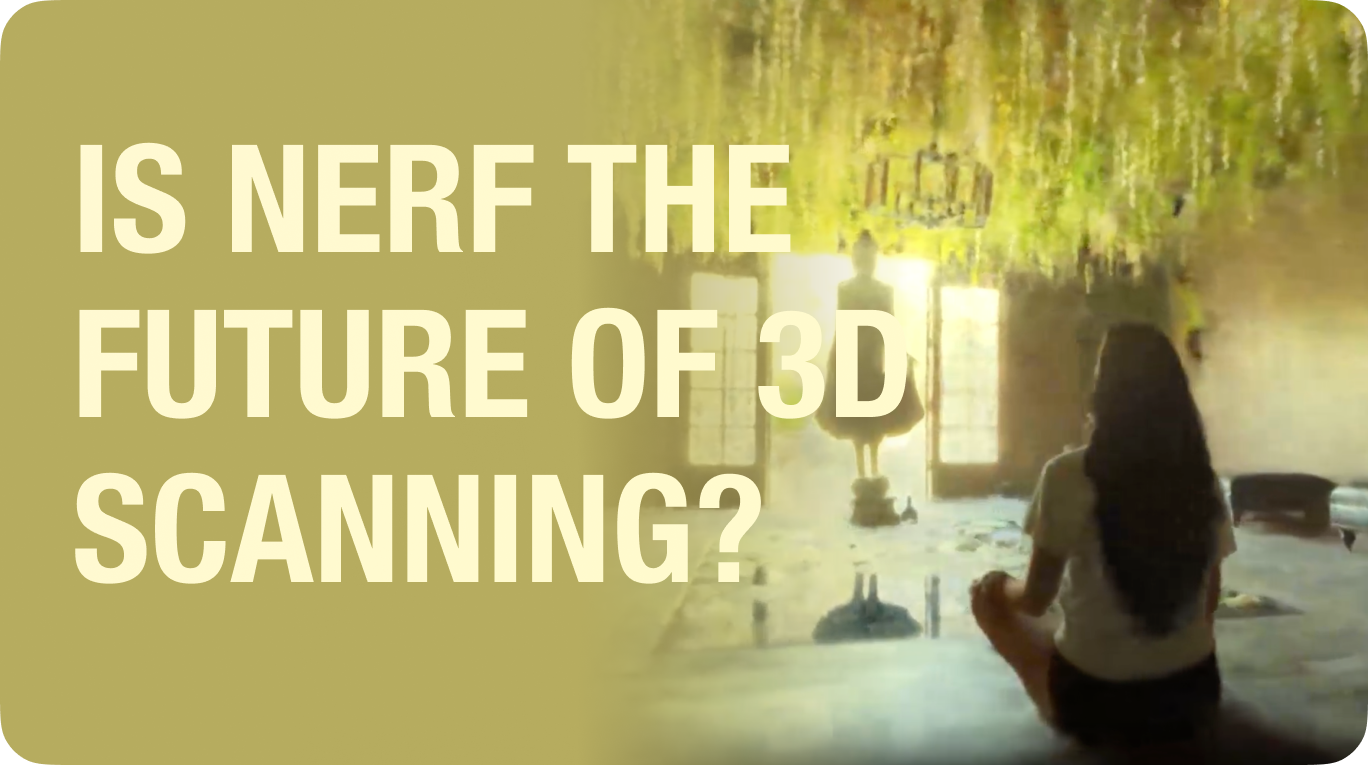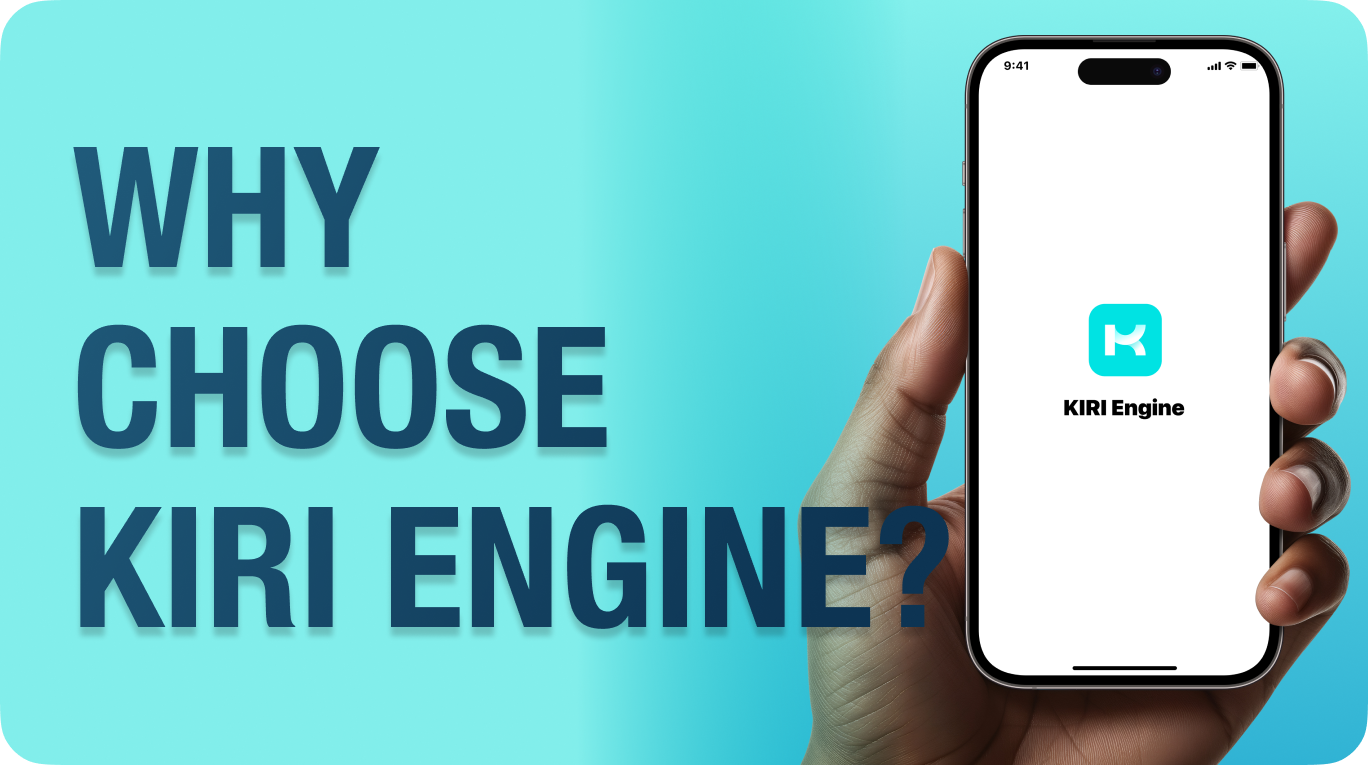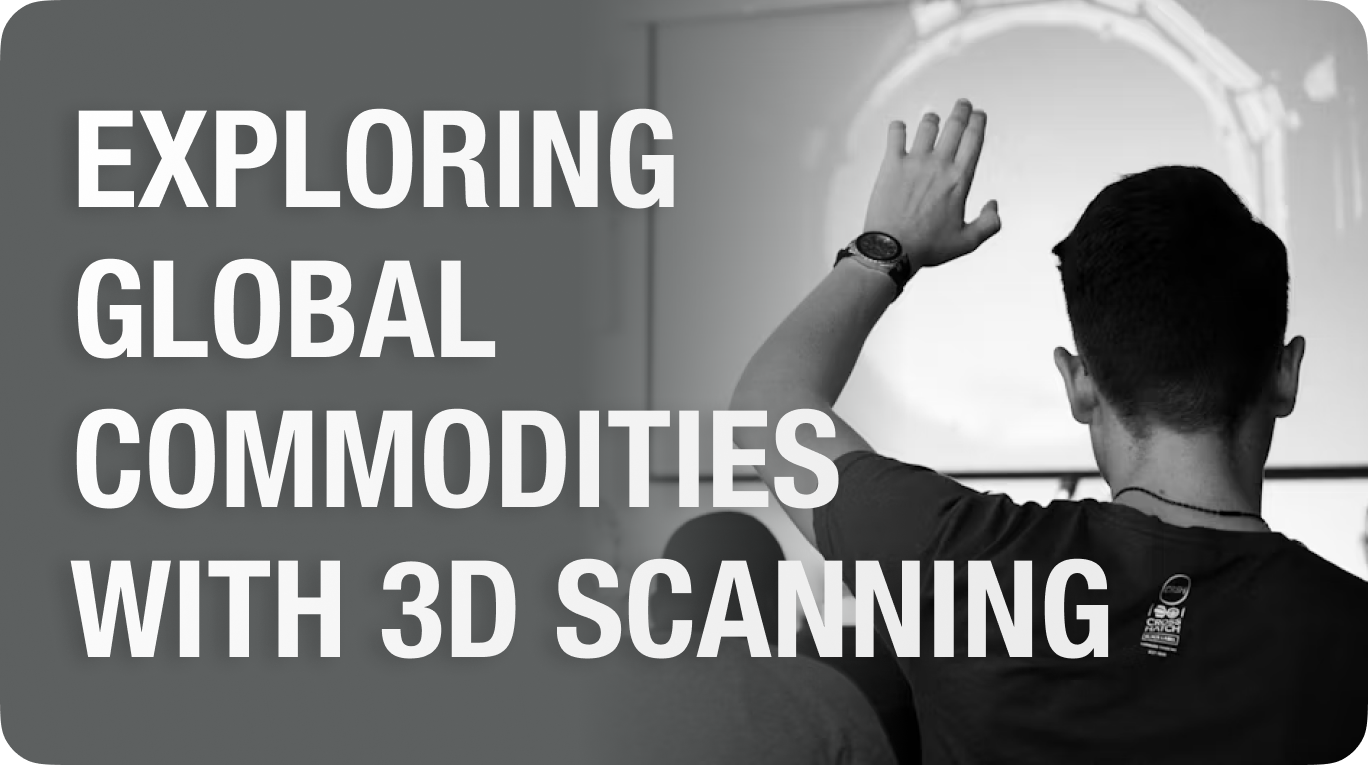What is 3D Gaussian Splatting (3DGS)?
How does 3DGS work and how this technique is revolutionizing real-time 3D visualization.
3DGS: A Quick Summary
3DGS, short for 3D Gaussian Splatting, is a rasterization-based radiance field reconstruction method that allows for real time rendering. This emerging technique is the most efficient 3D scanning method we've seen yet, as it excels in replicating scenes and visuals from the physical world. This technique skips the demand for mesh and textures, and directly produces photorealistic 3D visualizations utilizing machine learning algorithms.
.fjkYBOeH.png) 3DGS: Video into Full Visualization
3DGS: Video into Full Visualization
Key Components of 3D Gaussian Splatting:
- Rasterization-Based Approach: Unlike NeRFs that rely on neural networks, 3DGS uses rasterization techniques to reconstruct radiance fields.
- Volumetric Representations: 3DGS technique processes video inputs to produce volumetric 3D models that replicate scenes from the physical world with high accuracy.
How does KIRI Engine Use 3DGS?
3DGS scan is one of the main 3D scanning methods on KIRI Engine, and it's available across all supported platforms. Users of the KIRI Engine can upload videos recorded of a given scene or around an object. The videos will be processed via KIRI's cloud servers and transform into realistic 3D visualizations of the scenes. Thanks to the rasterization techniques of 3DGS, these realistic scenes can be rendered in real time, restoring fidelity and accuracy in a volumetric representation of the footage.
.CWT76SgS.png) KIRI Engine's 3DGS Interface
KIRI Engine's 3DGS Interface
In addition, KIRI Engine has developed a feature to export these visualizations as mesh files, allowing more additional versatility as the most practical usage in the 3D realm remains mesh-based.
What is So Special about 3DGS?
Many individuals in the 3D scanning industry refer to 3DGS as the wonder child of photogrammetry and NeRFs. As traditional 3D scanning methods heavily utilize photogrammetry for processing, there can still be inaccuracy and inconsistency when it comes to the models' surfaces and textures. Utilizing radiance fields while still possessing a point-cloud representation, 3DGS is able to bypass the demand for surface construction and texture accuracy, allowing for detailed restoration of the digital world within real-time renders.
KIRI Engine incorporates this technology into all of its compatible platforms, especially being the first ever to introduce this technique to Android devices. Bypassing the need for LiDAR and other hardware limitations that are faced by Android devices, KIRI's machine learning technology allows anyone to now create detailed 3D visualizations with simply a short clip of video. This real-time rendering technique provides 3D scanning enthusiasts a brand new way to experience 3D, and it makes taking a glimpse into the future of 3D visualization more accessible than ever.


